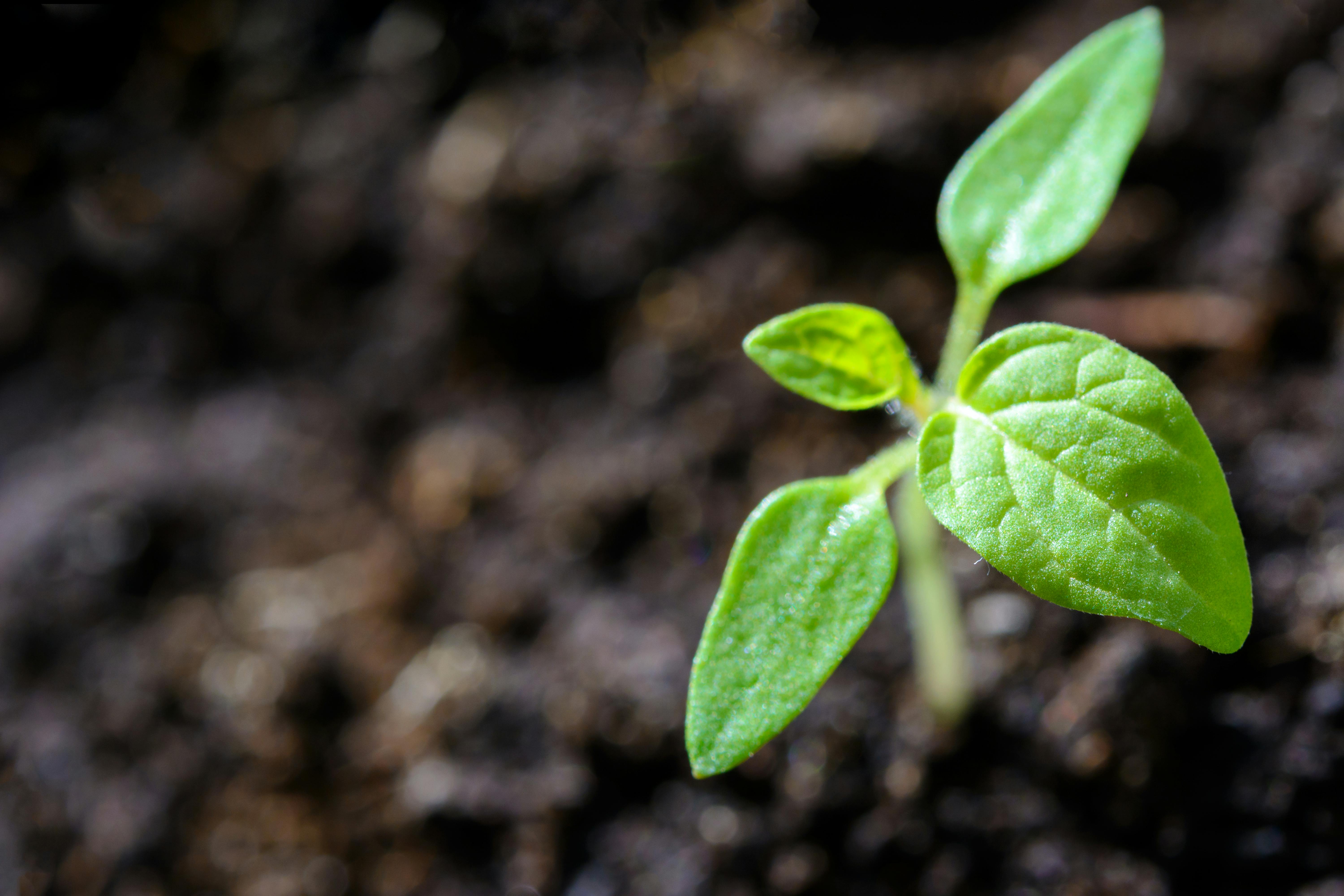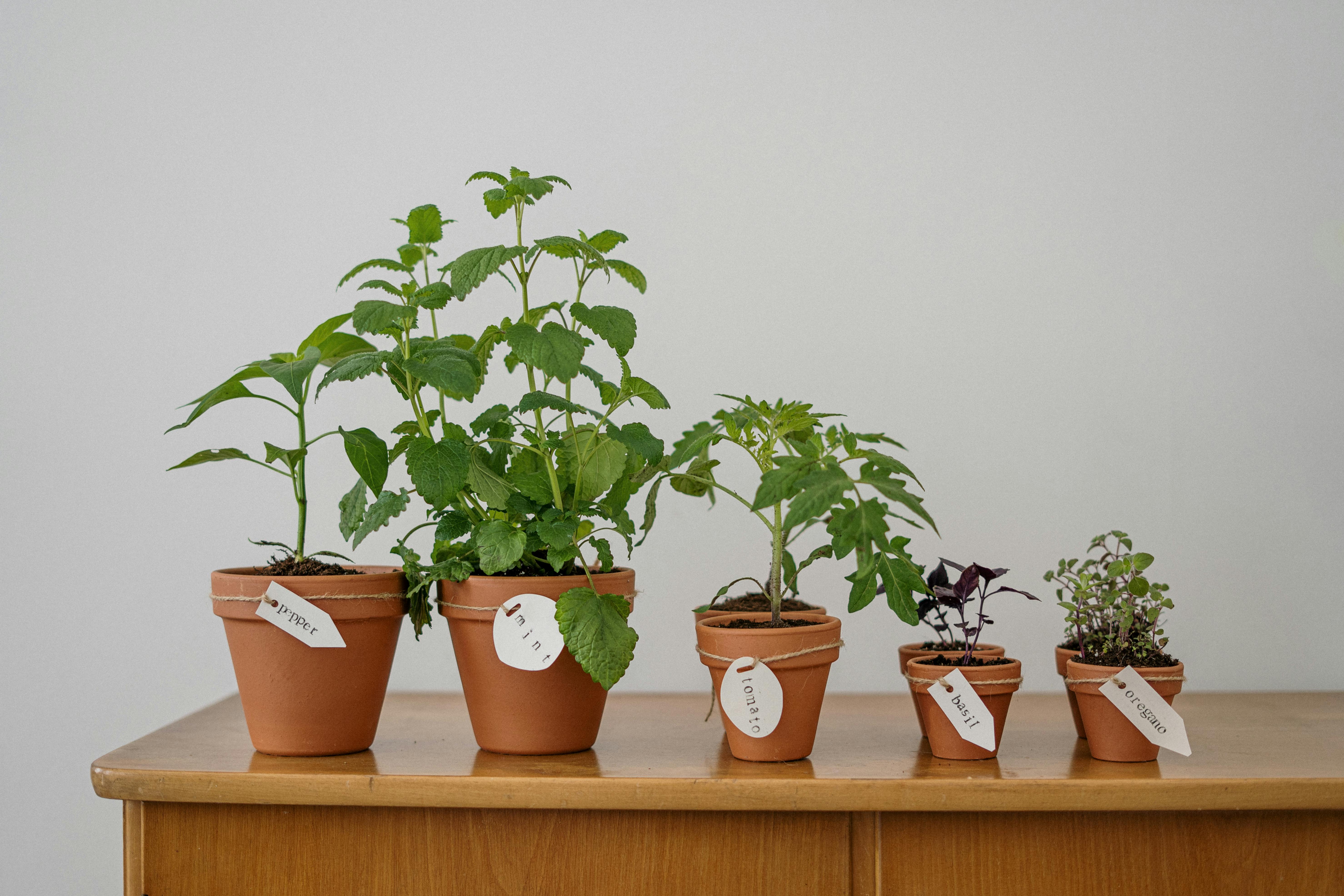If you’ve been growing tomatoes in your garden for a while and you’ve noticed that they are not producing any fruit, you may be wondering why your tomato plants have no tomatoes. There are several potential causes of this problem, including improper fertilization, inadequate pollination, or disease. In this article, we will explore these causes as well as possible remedies to get your tomato plants producing tomatoes again.Tomatoes not producing fruit can be caused by a variety of factors, including environmental conditions, pests and diseases, nutrient deficiencies, and poor pollination. Environmental conditions such as extreme temperatures, drought, or too much water can stress the plants and lead to blossom drop or poor fruit set. Pests such as aphids or whiteflies can damage the flowers and prevent pollination from taking place. Nutrient deficiencies often cause stunted growth in the plant, which can prevent it from producing fruit. Poor pollination can also be a factor if there are not enough bees or other insects in the area to help with pollination.
Common Reasons for a Tomato Plant Not Setting Fruit
One of the most common reasons for a tomato plant not setting fruit is lack of pollination. Without pollination, the flower is unable to form a fruit. The flowers must be visited by bees or other insects in order for them to be pollinated. Poor weather conditions can also prevent bees and other insects from visiting the flowers. If the temperature is too cold or too hot, it can cause the flower to close and not be able to receive any pollen.
Poor soil conditions can also affect whether or not a tomato plant will set fruit. Soil that has inadequate amounts of nutrients such as nitrogen, phosphorus, and potassium can lead to poor flowering and fruiting. It’s important to have soil that’s well-draining and nutrient-rich in order for the plant to thrive and produce fruit.
Too much water can also cause problems with fruiting. Overwatering will lead to an increase in foliage growth but will reduce flower production and reduce the chance of having fruits set on the plant. It’s important to provide enough water so that the soil doesn’t dry out but not too much so that it causes root rot or other issues with fruiting.
Finally, plants that are too stressed or are overcrowded may have difficulty setting fruit as well. Plants under stress due to disease, pests, or environmental factors may be unable to set fruit even if they are receiving plenty of nutrients and water. Additionally, if there are too many plants competing for resources, they may have difficulty flowering and producing fruits as well.
How to Fix a Tomato Plant That Is Not Setting Fruit
If you’ve been tending your tomato plants diligently and they still aren’t producing fruit, there are a few things you can do to address the problem. First, assess the environment in which your tomatoes are growing. Tomatoes need 8 hours of sunlight each day to set fruit, so make sure they are getting enough light. If they don’t have enough sun, consider giving them additional artificial lighting or transplanting them into an area with more sunlight.
Next, check the soil in which your tomatoes are planted. Tomatoes need nutrient-rich soil that drains well for optimal growth and fruit production. If the soil is depleted of nutrients, supplement it with organic matter such as compost or aged manure. If necessary, adjust the pH level of the soil using lime or sulfur to provide your tomato plants with an ideal environment for growth.
In addition to providing adequate sunlight and soil conditions, be sure that you’re watering your tomato plants regularly and adequately. Too much water can cause rotting while too little can cause wilting and limit fruit production. Check the soil periodically to ensure that it’s neither too wet nor too dry.
Finally, if you’ve addressed all of these environmental factors and your tomatoes still aren’t setting fruit, it could be due to poor pollination. Tomatoes rely on insects for pollination in order for fruits to set properly. Consider introducing bees or other beneficial insects into your garden space if this might be an issue. With some extra care and attention, you should soon have healthy tomato plants setting plenty of delicious fruits!
Reasons for No Tomatoes on Tomato Plants
There are several reasons why tomato plants may not produce tomatoes. The most common is that the plant was not pollinated properly. Tomatoes require pollination from bees in order to produce fruit. If there are no bees or not enough, then the plant will not be able to produce tomatoes. Another reason for no tomatoes on a tomato plant is inadequate nutrition. The plant may need more nitrogen, phosphorus, and potassium in order to be able to produce a good crop of tomatoes. It is also possible that the wrong type of tomato was planted in the wrong area or season. Certain types of tomatoes need to be grown during certain seasons and in certain climates in order to produce a good crop of tomatoes. Finally, it is possible that the soil pH level is incorrect or that the soil has too much moisture or too little water. All these factors can affect whether a tomato plant produces tomatoes or not.
Inadequate care can also lead to no tomatoes on a tomato plant. If the plants have not been pruned correctly or given sufficient water and fertilizer, then this can lead to poor yields of tomatoes. It is also important to provide adequate protection from pests and diseases as these can cause damage to the plants and prevent them from producing fruit.
Finally, it is important to remember that some varieties of tomatoes take longer than others to mature and produce fruit so patience is essential when growing tomatoes. If proper care and attention have been given and all other factors are correct then there should be no problems with producing a good crop of delicious tomatoes!
How to Determine if Your Tomato Plant Is Pollinated
Pollination is an important process for the growth of a tomato plant. The pollination process helps the plant to produce flowers, which then develop into fruit. To determine if your tomato plant has been pollinated, there are a few simple steps you can take.
First, take a look at the flowers on your tomato plant. If you see any small insects or bees near the flowers, then this is a good sign that your plant is being pollinated as these insects are responsible for transferring pollen from flower to flower.
Next, inspect the flowers closely and see if they have begun to form small fruits or tiny tomatoes. This is another indication that your plant has been pollinated successfully.
Finally, check the leaves of your tomato plant for any sticky substances. This sticky substance will indicate that pollen has been transferred from one flower to another on the same plant and that it has been successful in its mission of pollination.
By following these simple steps you can easily determine if your tomato plant has been pollinated successfully or not. Pollination is essential for the growth of healthy tomatoes, so it’s important to make sure this process occurs for optimal results.

Tomatoes to Set Fruit Requirements
Tomatoes require warm temperatures, full sun exposure, and water for fruit set. The ideal temperature range for tomatoes to set fruit is between 65 and 85 degrees Fahrenheit. If temperatures drop below 55 degrees Fahrenheit, the flowers will not open, and the tomato plants will not produce fruit. Tomatoes also need at least 8 hours of direct sunlight to thrive and produce a good yield. Without enough sunlight, the plants will not bloom or set fruit. Additionally, tomatoes need a steady supply of moisture for successful fruit set. Consistent waterings throughout the growing season are essential for keeping plants healthy and producing a bountiful crop of tomatoes.
Finally, it is important to provide your tomato plants with the proper nutrients in order to ensure successful fruit set. Tomatoes require nitrogen, phosphorous, and potassium in order to grow and develop their fruits properly. Regular applications of fertilizer throughout the growing season will ensure that your tomatoes have all the necessary nutrients they need to thrive and produce a good harvest.
Is It Too Hot or Too Cold for My Tomatoes to Set Fruit?
Tomatoes require warm temperatures in order to set fruit. When temperatures are too hot or too cold, tomatoes will struggle to set fruit and may produce poor yields. If the temperature is consistently above 85°F (30°C) during the day, tomatoes may not set fruit at all. On the other hand, if temperatures dip below 50°F (10°C) at night, tomatoes will also struggle to set fruit.
In general, tomato plants should be grown in daytime temperatures between 65-85°F (18-30°C). Nighttime temperatures should remain above 50-55°F (10-13°C) for best results. If temperatures are outside of this range, consider using shade cloths or row covers to provide extra insulation for your tomato plants. Additionally, try to avoid planting your tomatoes in areas that receive direct sunlight during the hottest parts of the day, such as west-facing slopes or locations near reflective surfaces such as walls and driveways.
If your area is prone to extreme heat or cold weather events, consider providing additional protection for your tomato plants by using a hoop house or greenhouse if possible. This can help protect them from sudden drops in temperature and provide a more consistent climate for your tomato plants throughout the season.
It’s also important to water your tomato plants regularly during hot weather so that they don’t dry out and suffer from heat stress. Make sure to water deeply at least once a week and mulch around the base of your plants with straw or grass clippings to help retain moisture in the soil and keep roots cool.
Can You Tell If Your Tomato Blossoms Have Been Pollinated?
Pollination is essential for tomato plants to produce fruit. Knowing if your tomato blossoms have been pollinated can help you determine the success of your garden. To tell if your blossom has been pollinated, first check the petals of the flower to see if they are closed. If the petals of the flower are closed, it usually indicates that it has been pollinated. You can also look for a small green tomato at the base of the blossom. These small fruits are the result of successful pollination and will indicate that your blossom has indeed been pollinated. If there is no sign of a developing fruit, then it is likely that your blossom has not been pollinated.
Additionally, you can look at the stamens inside the flower. The stamens are typically sticky and contain pollen from insects or wind-borne pollen sources such as bees or hummingbirds. If these stamens appear dry and free from pollen, then this could be an indication that your tomato blossom has not been pollinated yet. However, if you see plenty of pollen on the stamens then it’s more than likely that your blossom has been successfully pollinated and will soon produce fruit.
Finally, you can examine other flowers on your plant to see if they have already produced fruit or have signs of having recently undergone successful pollination. This will help you determine whether or not your specific blossom has been successfully pollinated. If other flowers in close proximity to yours have begun producing fruit, then chances are that yours too has already undergone successful pollination and will soon follow suit with producing tomatoes as well.

Conclusion
Tomatoes require full sun, nutrient-rich soil, consistent watering and temperatures in the 70- to 85-degree range for optimal growth. If any of these conditions are not met, tomatoes may fail to produce a crop. Other potential problems that can prevent tomato plants from producing tomatoes include pest infestations, disease and pollination issues. Examine your garden carefully for any of these issues and take appropriate steps to address them. Also be sure to provide your plants with enough space for good air circulation as well as adequate support, such as staking or cages.
In conclusion, there are many potential causes for tomato plants not bearing fruit. If you are having this problem, it is important to identify the cause and take the appropriate measures to solve it. Once the issue is resolved, you can look forward to enjoying a bountiful harvest of delicious tomatoes!

